Historic Columbia City

Columbia City is a bustling, vital neighborhood with many residents who commute to downtown jobs via rail. 100 years ago one might have said the very same thing. Columbia City was, quite literally, a railroad town. More than a century later, long after the automobile had killed the original trolley line, when rush hour seemed never to end, light rail contributed to a spirited revival. While Columbia City has endured economic ups and downs, it still looks much like it did in the 1920’s.
Originally called Columbia, the city began in 1891 as a speculative real estate development over 40 recently cleared acres. The newly founded Rainier Valley Electric Railway trolley made it possible. Fares were 5 cents to Columbia City and cars ran every 45 minutes. A reporter in 1916, commenting on the rapid growth, wrote that Columbia City was born “a child of ambitious plans and printer’s ink.” Written on large banners on streetcars was the slogan “Watch Columbia Grow.” Newspaper ads promoted elegant lots on reasonable terms, rich soil and free wood. One sales pitch claimed it rained less because it was further south. It worked. Just two years later Columbia City incorporated and by 1905 it bustled with 1,500 residents and had its own municipal government. Two mills, the railroad, and the newly founded Hitt Fireworks Company were major employers. By 1907 “trendy” Columbia City was annexed by the city of Seattle.
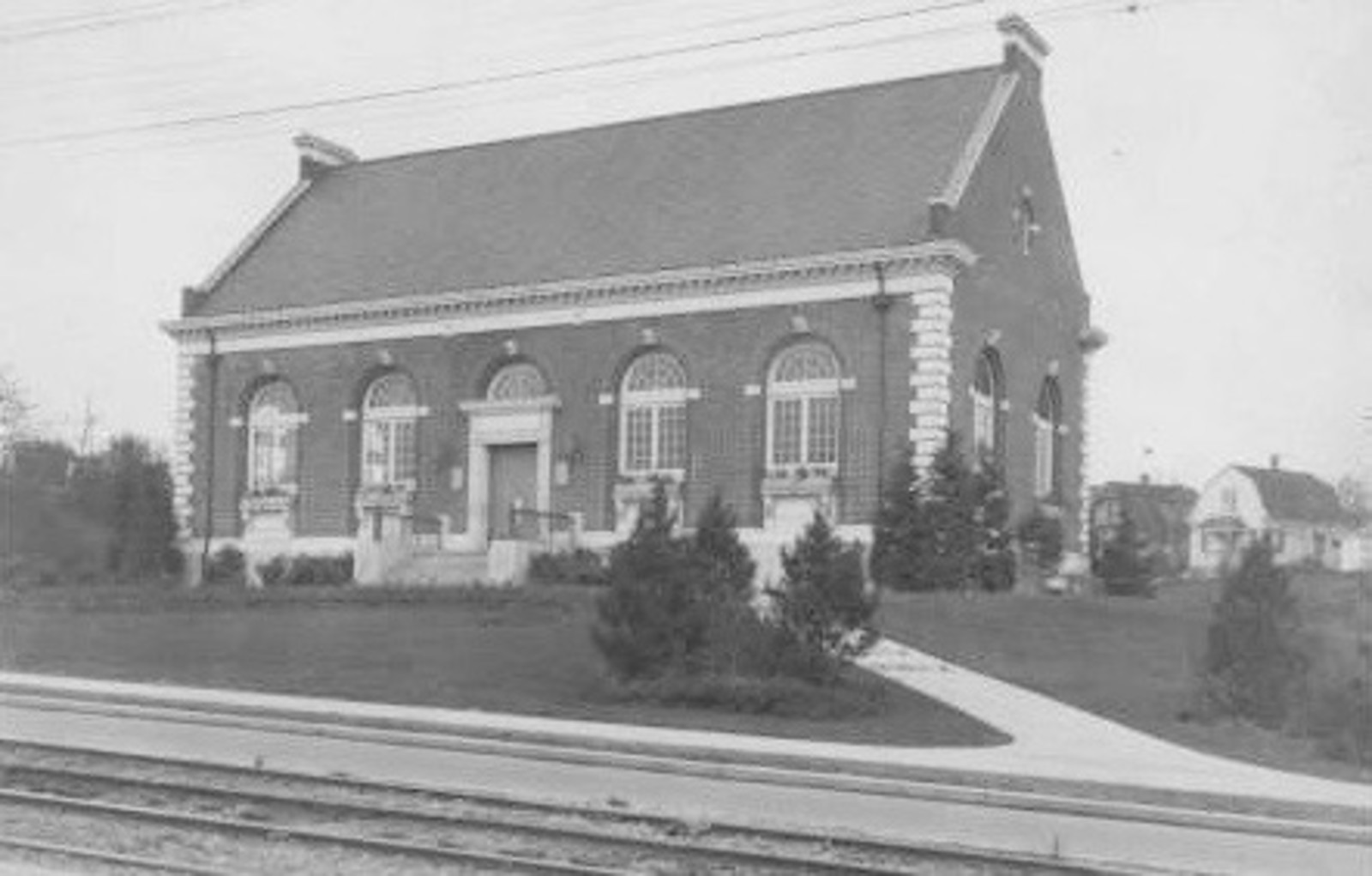
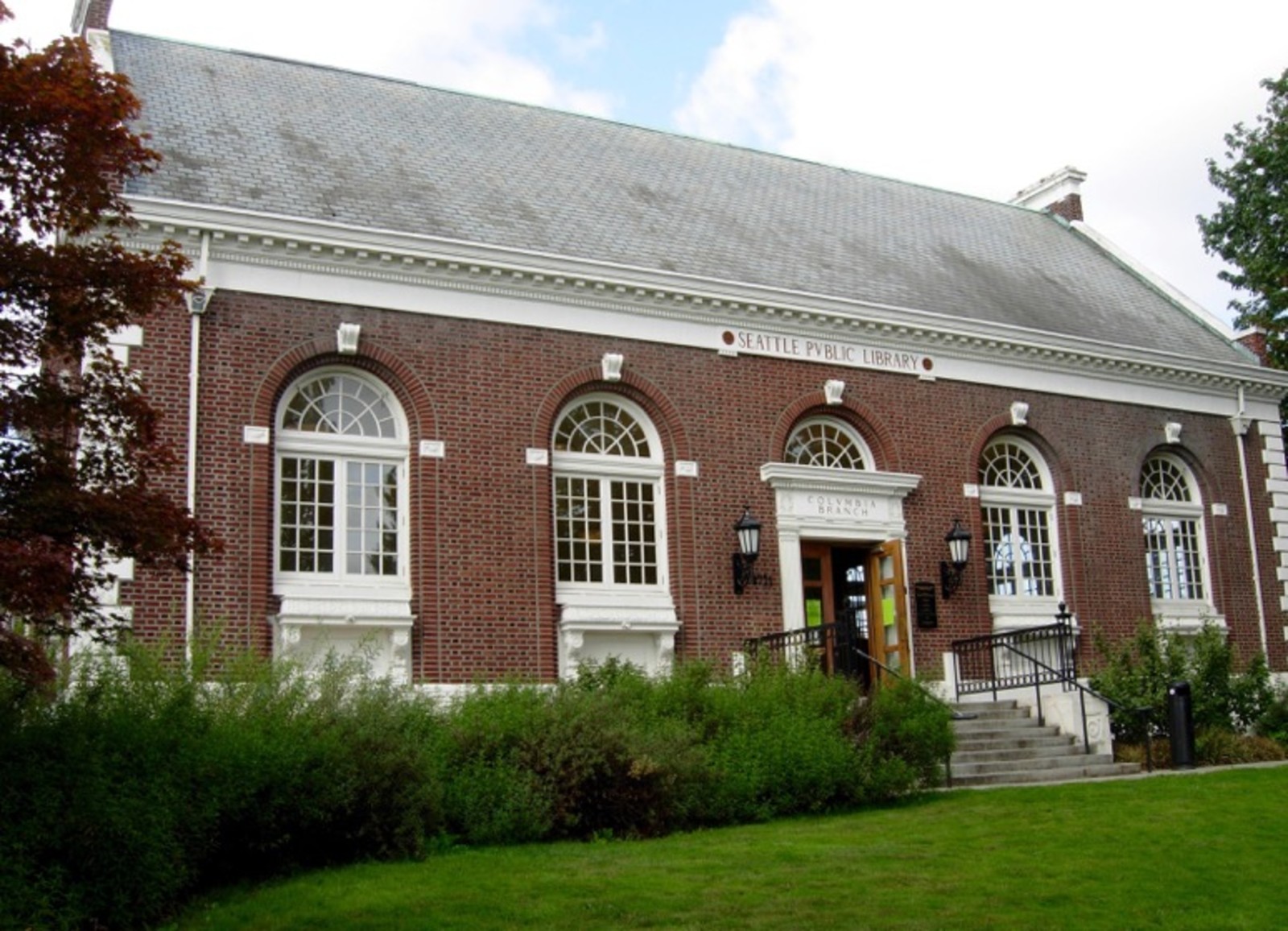
One prominent feature that greets residents today as they enter Columbia City on Rainier Avenue is the stately Andrew Carnegie-endowed Columbia Branch Library. Completed in 1915, it looked then much like it does today. Columbia Park, the “village green” that runs just behind the library was then a ravine with a stream that accommodated a seasonal salmon run. To “improve” the park, the city installed culverts for the stream and began to fill it with garbage. The deep ravine took almost 10 years to fill before it was level enough to cover with soil and grass. This explains why the library was originally designed without any windows facing the park: It would have looked out on an open garbage pit.
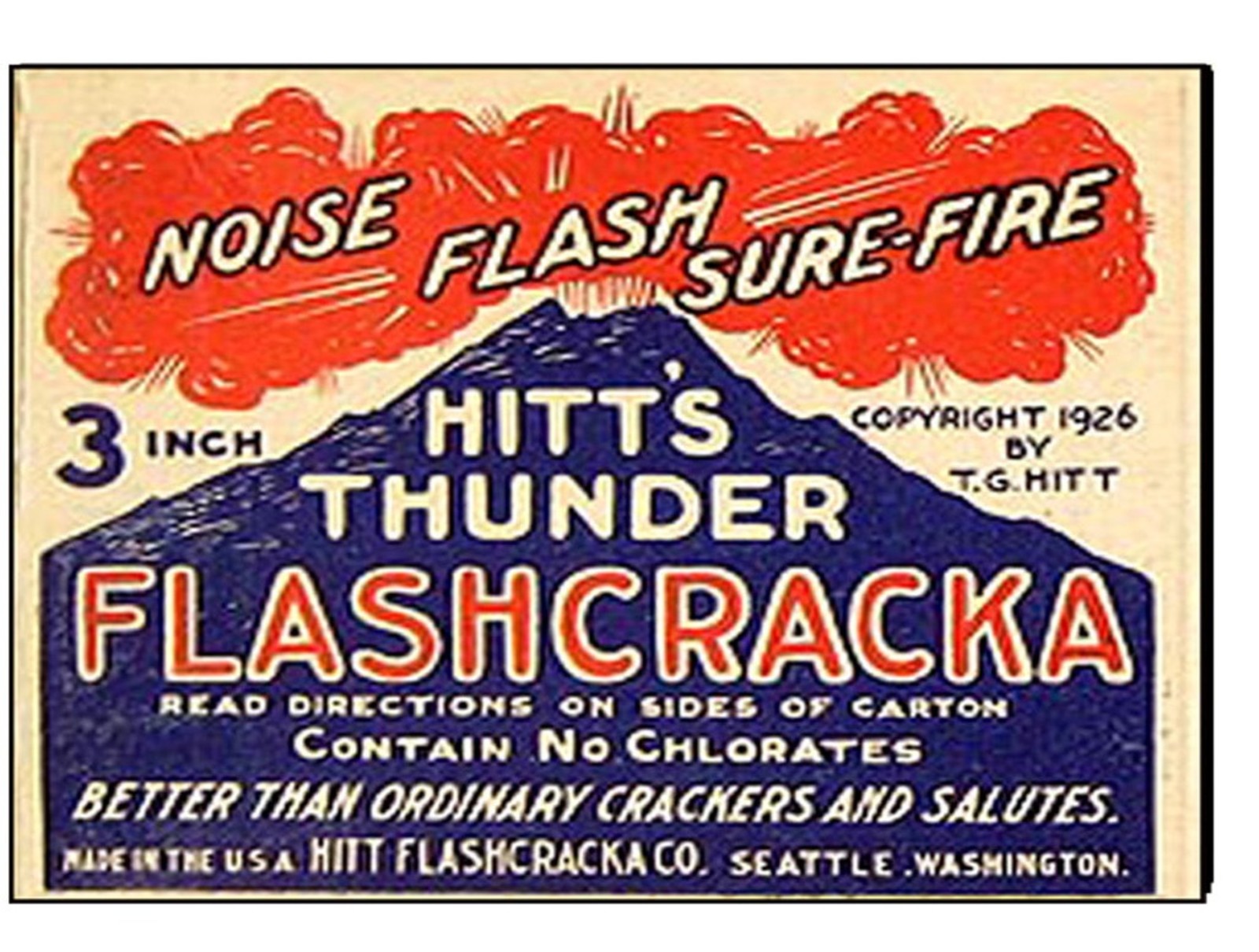
By the end of the 1920’s most of the buildings that compose the present day business district were in place. Hitt’s Fireworks Company had grown into one of the largest manufacturers of fireworks in the nation, famous locally for its small firecrackers called “flashcrackas.” Hitt’s produced 4th of July shows in Seattle beginning in 1918 and ending with Ivar’s 4th of July show in 1974. It also produced pyrotechnics for major Hollywood films, including Gone with the Wind. At its height it employed more than 200 workers on Hitt’s Hill, just south of the business district. The area is now a lovely 4-acre park with walking paths and native vegetation.
In 1936 the financially struggling streetcar ended its run, ceding transit to the ubiquitous automobile. The rail line running down Rainier Avenue was pulled up and paved over. By 1950 Columbia City merchants, concerned that new shopping centers such as Northgate Mall would entice auto-enabled locals, raffled off a new Buick in a "shop local" campaign.
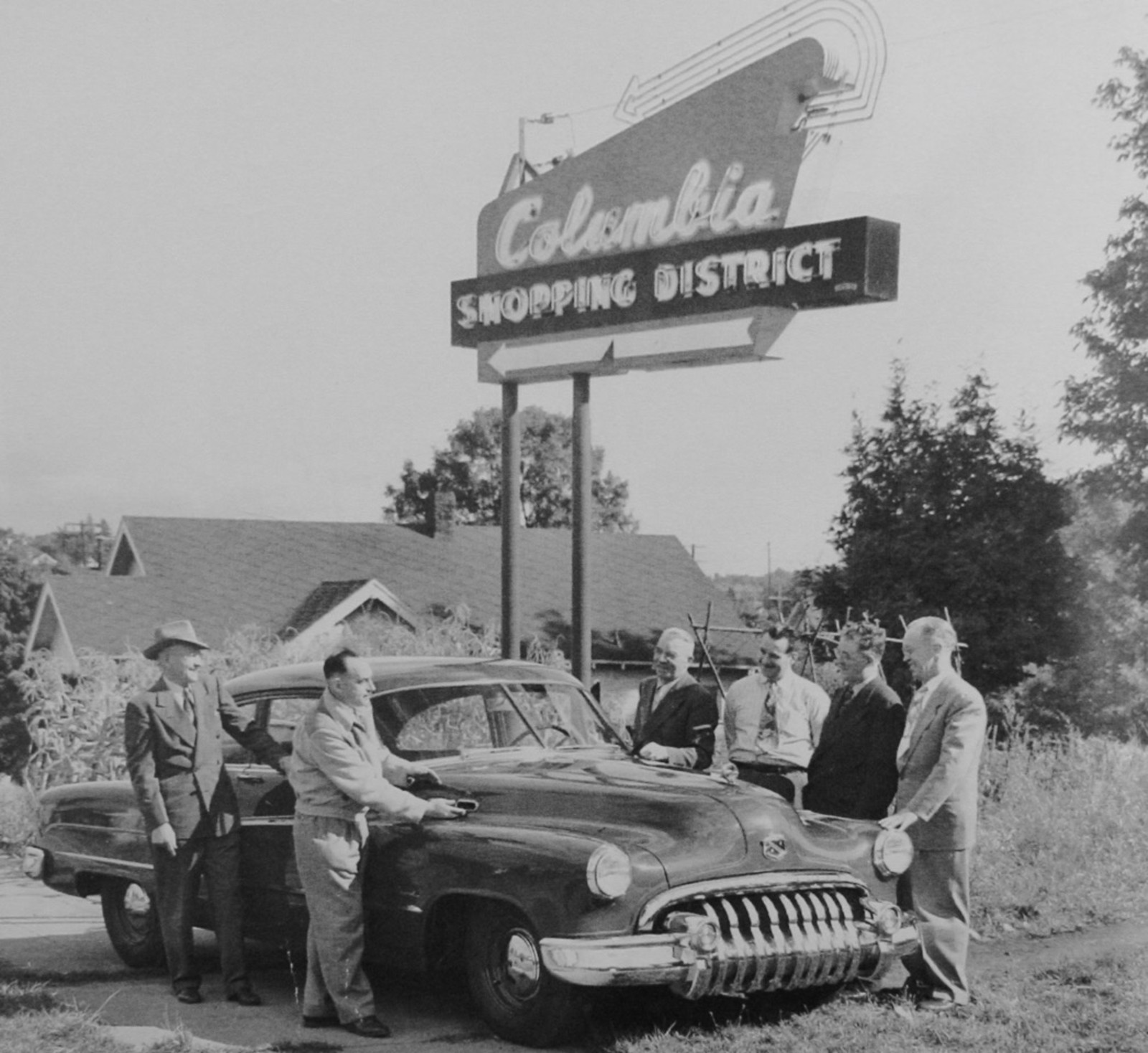
The Rainier Valley, home to the Italian immigrant community earned the nickname Garlic Gulch. In 1953, one Italian family, the Centioli’s, opened Gil’s Drive In just two blocks north of the Columbia City Library. Their daughter Dorene is the founder of Pagliacci Pizza. The valley also increasingly became home to many in Seattle's Asian, African-Americans, and Filipino communities. This historic diversity is reflected and celebrated in present day Columbia City.
Columbia City’s economy hit the skids during the 1970’s following the Boeing Bust. Many long-time businesses closed and store fronts were boarded up. One key to Columbia City’s renaissance was its designation as a historical landmark district and its listing in the National Register in 1980. Wide brick sidewalks were installed along with benches and street trees. Even with a refurbished historic district, the economic boom that Seattle experienced in the 1990’s took its time to reach Columbia City.
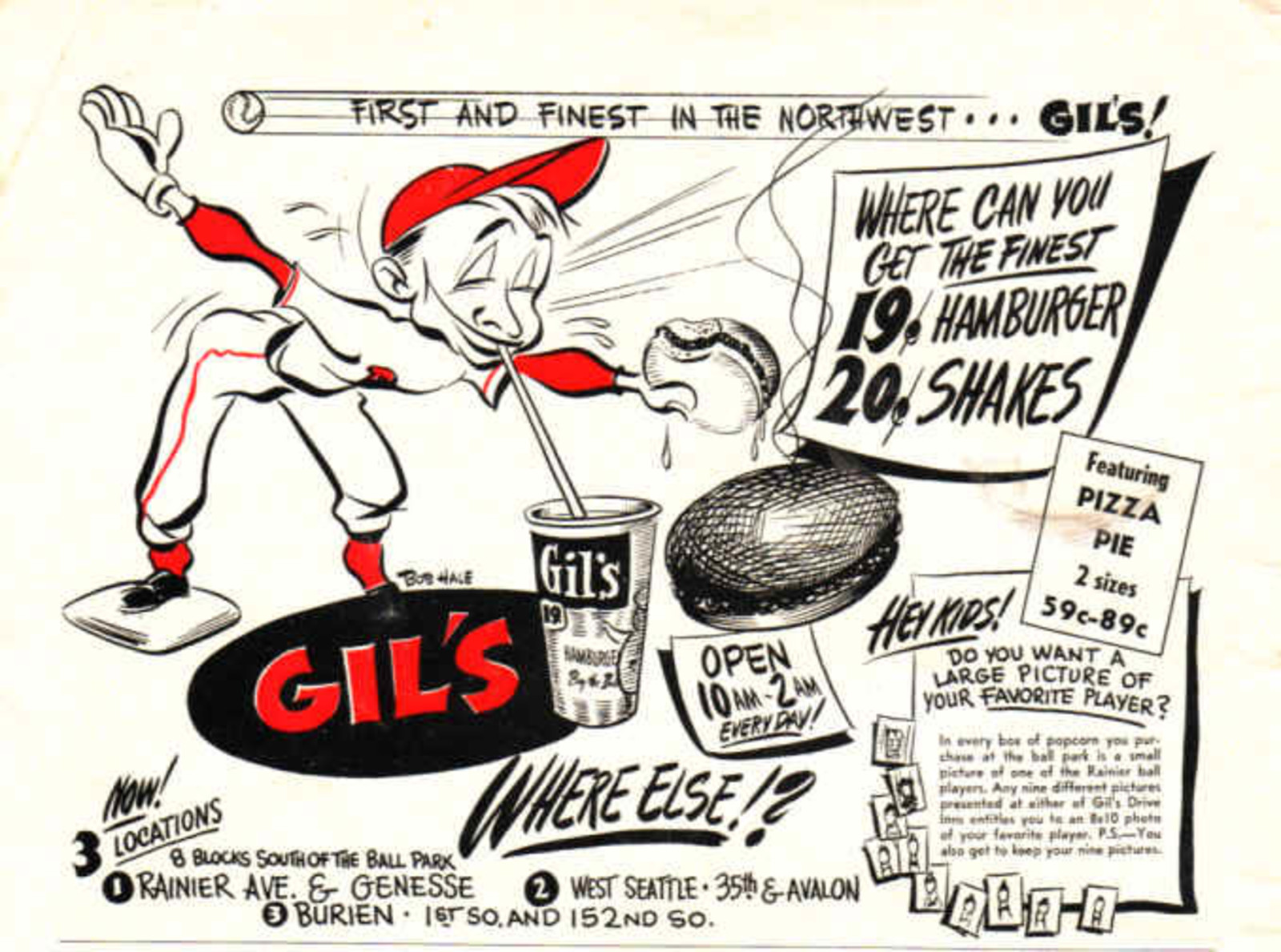
Another key to growth was the farmer's market, started in 1998. It provided the neighborhood a gathering place that showcased the area’s ethnic diversity. The same year La Medusa, an Italian restaurant opened, harkening back to the valley’s Garlic Gulch heyday. Long-time Columbia City resident John Bodoia says, “I’ve seen lots of changes since 1989, most of them good. La Medusa was the first of the ‘higher end’ restaurants. Today, between the bars and restaurants and the movie house there is an embarrassment of riches in Columbia City, a far cry from when I moved in that summer 27 years ago.”
Today, with a glistening PCC and booming restaurants and businesses that reflect the rich diversity and history the neighborhood has a renewed feeling of vitality, while retaining its historic character. During the ever-popular Wednesday farmer’s market Columbia Park is full of children playing and blankets full of locals noshing on market delights with the elegant library as a backdrop. It’s impossible to know whether the early visionaries who cleared the huge trees from the Columbia tract and built the streetcar line imagined the ravine like this, a meandering village green full of life, 84,000 cubic yards of garbage providing the leveling ballast. “Watch Columbia Grow” they trumpeted to anyone who’d listen. The beautiful community that blossomed and exists today is a result of dreams old and new. We are excited to be joining the community.
Photos courtesy of the Rainier Valley Historical Society and Puget Sound Regional Archives

